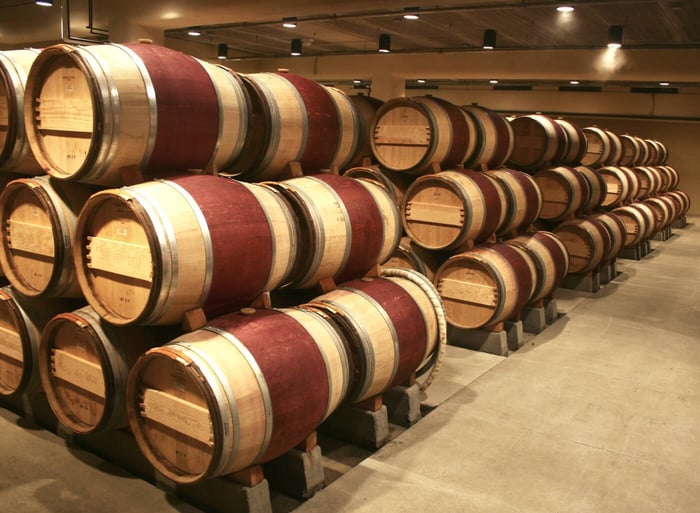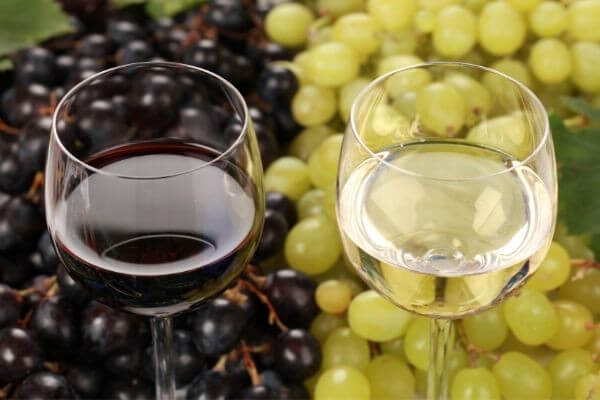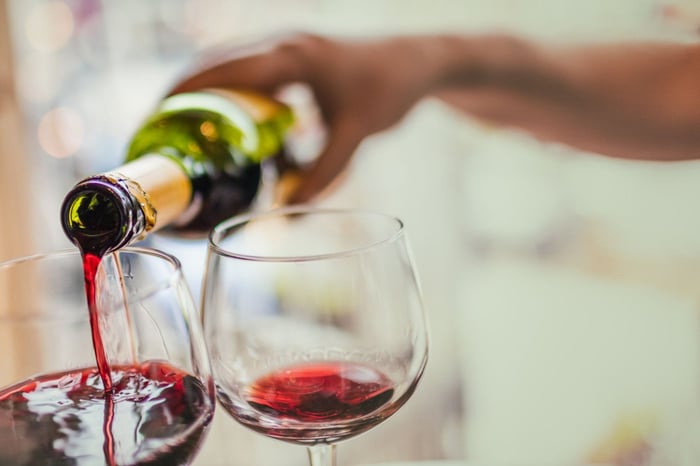Unveiling the Complexities and Charms

Barrel-aged wines have long held a special place in the hearts of wine enthusiasts and connoisseurs. The process of aging wine in barrels adds depth, complexity, and unique flavors that captivate the palate. In this blog post, we will delve into the art of barrel-aged wines, exploring the intricacies of the aging process, the influence of barrels on wine, and the delights that await those who appreciate these exceptional creations.
The Essence of Barrel Aging
Barrel aging involves storing wine in wooden barrels, typically made of oak, for an extended period. The barrels contribute to the wine's evolution by imparting distinct aromas, flavors, and textures. The porous nature of oak allows for controlled oxygenation, enabling the wine to develop complex characteristics over time.
Oak and Its Influence
Oak barrels are favored for their ability to infuse wines with unique qualities. The type of oak used, such as French, American, or Hungarian, imparts different flavors and aromas. French oak often offers subtle vanilla, spice, and toast notes, while American oak tends to impart bolder flavors of coconut, dill, and sweet spices. The choice of oak plays a vital role in shaping the final profile of the wine.
Flavor Profiles and Complexity
Barrel aging can introduce a myriad of flavors and complexities to the wine. The oak imparts tannins, which add structure and astringency to the wine. Additionally, the barrels contribute flavors such as caramel, butterscotch, chocolate, and smoky undertones, enhancing the overall character of the wine. The interaction between the wine and the wood allows for a harmonious integration of flavors, resulting in a well-balanced and nuanced beverage.
Aged to Perfection: The Aging Process:
The length of time a wine spends in barrels greatly influences its character. Red wines, such as Cabernet Sauvignon or Merlot, often benefit from longer aging periods to soften their tannins and develop complex flavors. White wines, like Chardonnay, can also benefit from barrel aging, as it adds richness, texture, and subtle oak influences. Winemakers carefully monitor the aging process, ensuring that the wine evolves gracefully and achieves its optimal expression.
The Art of Blending
Blending is an essential aspect of barrel-aged wines. Winemakers often blend wines aged in different types of barrels to create a harmonious blend with layered flavors and textures. This artful process allows them to achieve a balanced wine that showcases the best characteristics of each barrel, resulting in a masterpiece that reflects their vision and expertise.
Pairing with Food

Barrel-aged wines offer a wide range of pairing possibilities. The added complexities and flavors make them an excellent choice for rich, robust dishes. Red wines aged in oak complement grilled meats, game, and hearty stews, while barrel-aged white wines can elevate creamy seafood dishes or roasted poultry. The nuanced flavors and textures of these wines enhance the dining experience, creating a delightful harmony between food and drink.
Barrel-aged wines represent the marriage of craftsmanship, time, and nature's gifts. The artful process of aging wines in oak barrels imparts distinct flavors, aromas, and complexities that transform ordinary wines into extraordinary creations. From the choice of oak to the length of aging, every decision contributes to the final masterpiece. Whether enjoying a full-bodied red or a luscious white, the experience of savoring a barrel-aged wine is a journey through layers of flavor and a testament to the winemaker's dedication. So, raise your glass and immerse yourself in the captivating world of barrel-aged wines.




